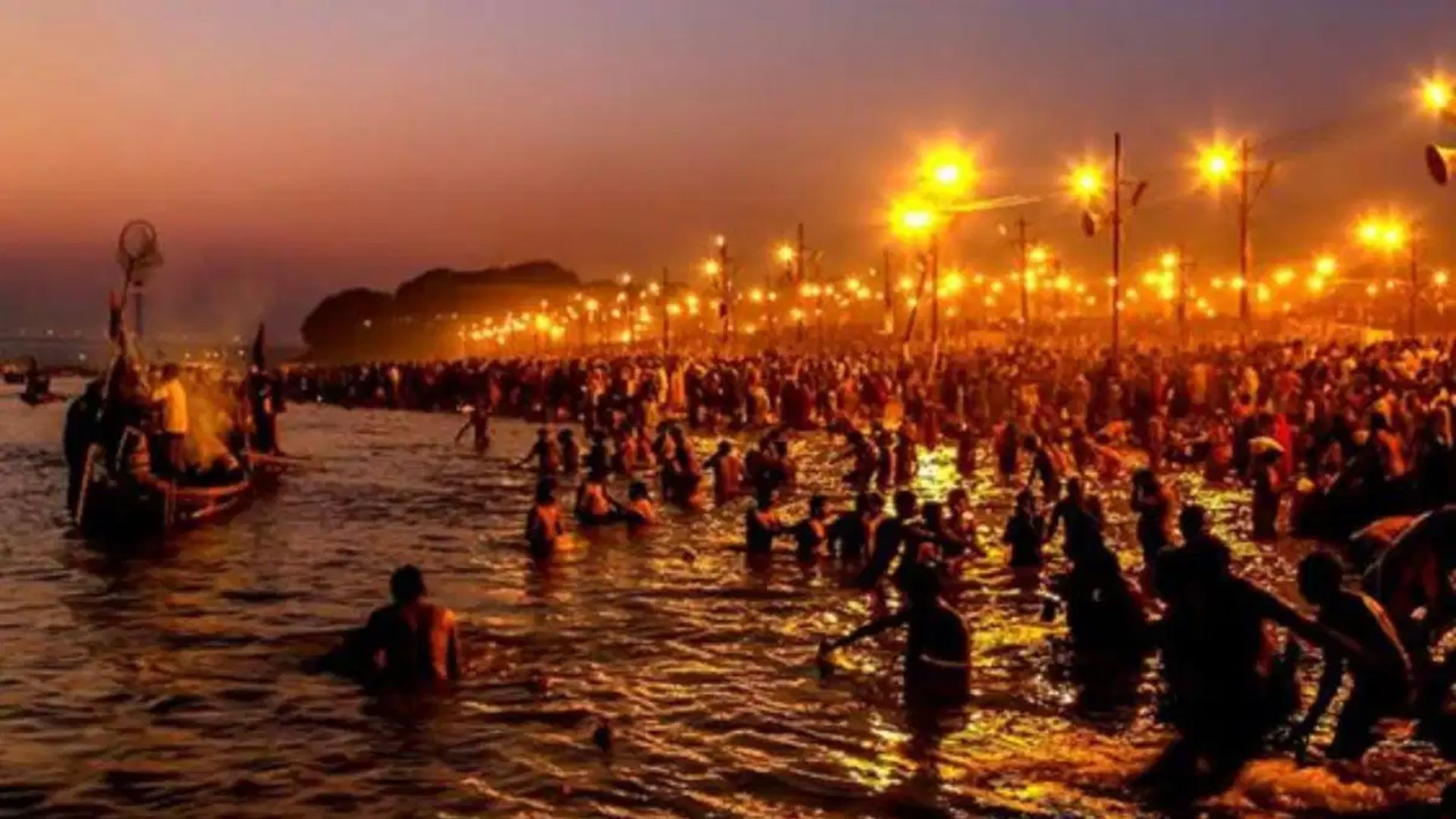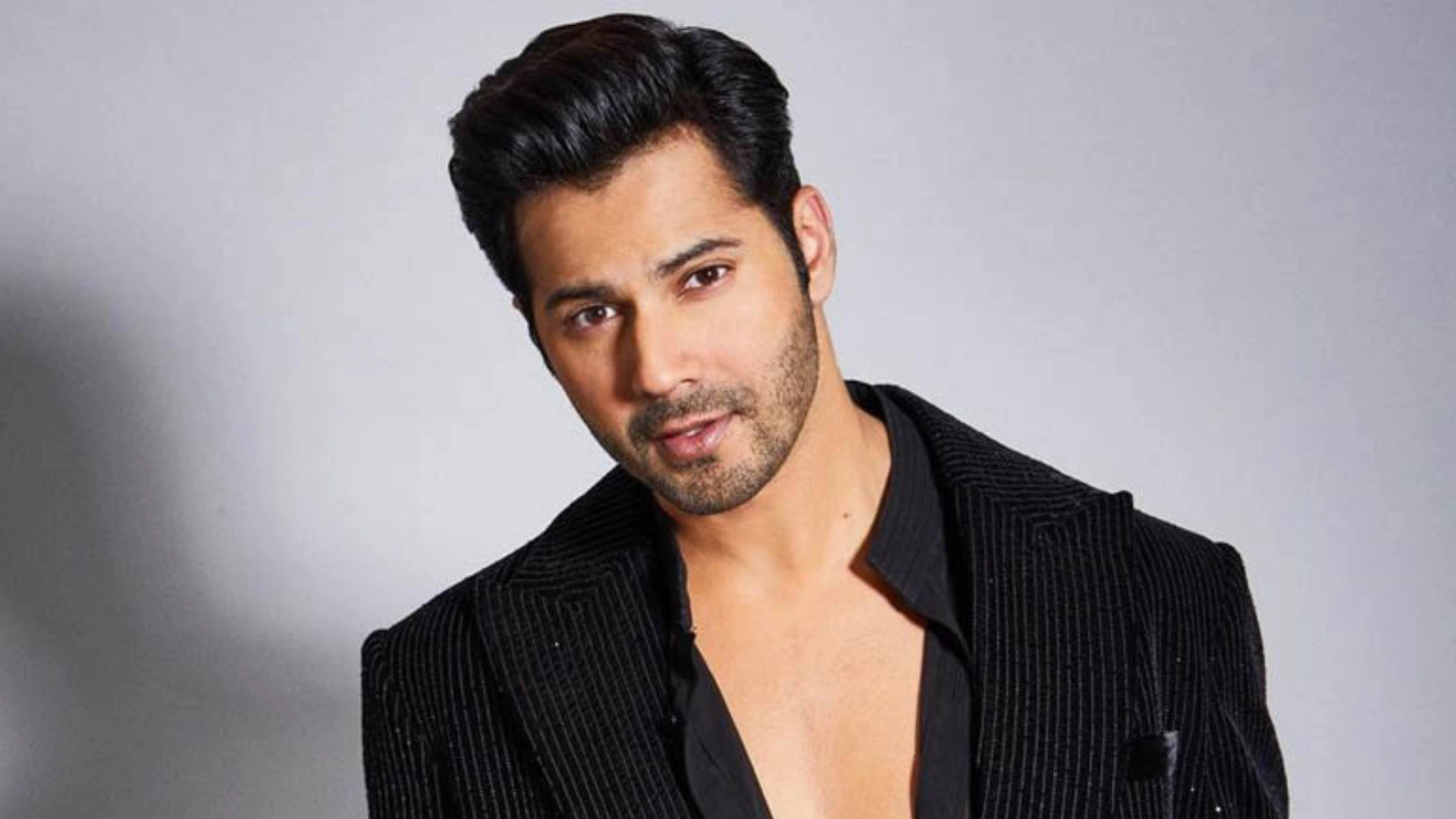In Myanmar’s Rakhine state, the Arakan Army (AA) insurgent group has made significant territorial gains over the past year, controlling more areas and populations than any other rebel force in the country. Historically known as Arakan, the state was an independent kingdom until its conquest by Burmese rulers in 1784. Today, the AA envisions achieving what it calls the “Arakan Dream” — self-determination for the state, which is home to over three million people, approximately 60% of whom are ethnic Rakhine Buddhists and 35% Muslim Rohingya.
Background and Rise of the Arakan Army
Founded in 2009 by ethnic Rakhine leaders, including former student activist Twan Mrat Naing, the Arakan Army initially trained under the Kachin Independence Army (KIA) in northern Myanmar. Early recruits, many of whom were Rakhine men working in Kachin state’s jade mines, gained combat experience fighting alongside KIA and other insurgent groups. By 2014, AA fighters began returning to Rakhine state, establishing a presence.
The AA drew attention in 2019 with coordinated attacks on four police stations during Myanmar’s Independence Day. Despite initial government efforts to suppress the group, a ceasefire was later reached. Following the military coup in February 2021, the AA condemned the junta but initially refrained from armed conflict. Over time, however, it expanded its political and administrative capabilities through its political wing, the United League of Arakan, even conducting COVID-19 vaccination campaigns.
Arakan Army strength
In November 2023, the Arakan Army launched a significant offensive in coordination with Shan state insurgent groups under the Three Brotherhood Alliance. Its rapid advances included capturing military outposts, bases, towns, and substantial arms and ammunition. While the AA claims to have over 30,000 fighters, independent analysts estimate its numbers at closer to 20,000.
Currently, the AA controls around 80% of Rakhine state, encompassing 10 of its 17 townships and parts of neighboring Chin state. Junta forces remain confined to pockets, including Sittwe, Ann, and the Kyaukpyu economic zone, where China operates key energy facilities.
Aspirations for Confederation and Treatment of the Rohingya
Unlike other ethnic insurgent groups seeking a democratic, federal union, the AA has advocated for a loosely defined “confederate status” for Rakhine state. In a 2022 interview, Arakan Army leader Twan Mrat Naing stated that the group would evaluate whether a Federal Union of Myanmar could accommodate their aspirations.
However, the AA’s stance on the Rohingya has become a source of concern. Initially adopting an inclusive tone, the group now faces accusations of human rights abuses against the Muslim minority. Tensions escalated after reports emerged that the junta forcibly recruited Rohingya men into militias to fight the AA.
In August 2023, U.N. investigators documented attacks on Rohingya by both the junta and the AA. Survivors and rights groups accused the AA of killing scores of Rohingya attempting to flee Maungdaw to Bangladesh using drones and artillery, though the AA denied involvement.
Read More: ICC Prosecutor Seeks Arrest Warrant For Myanmar’s Military Leader Over Rohingya Atrocities

















